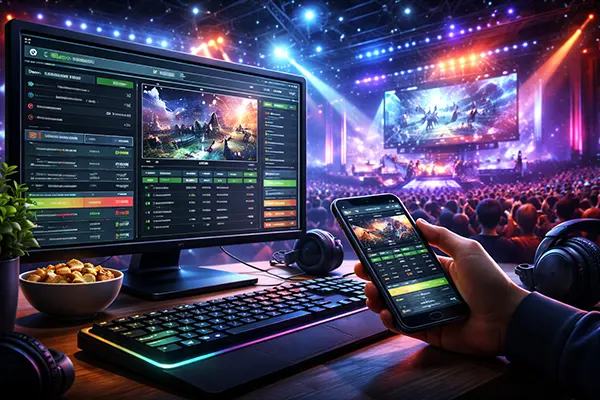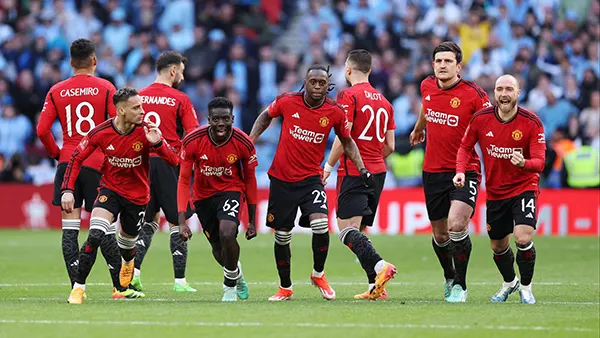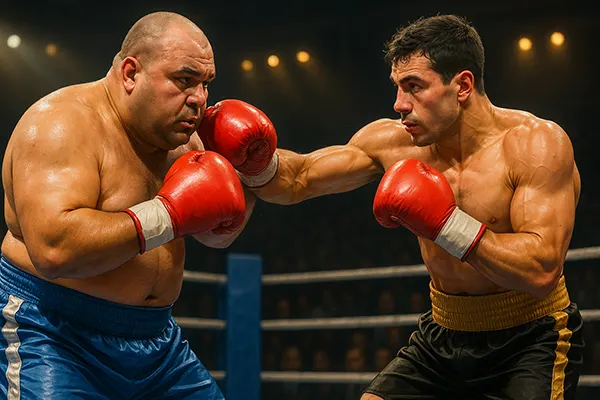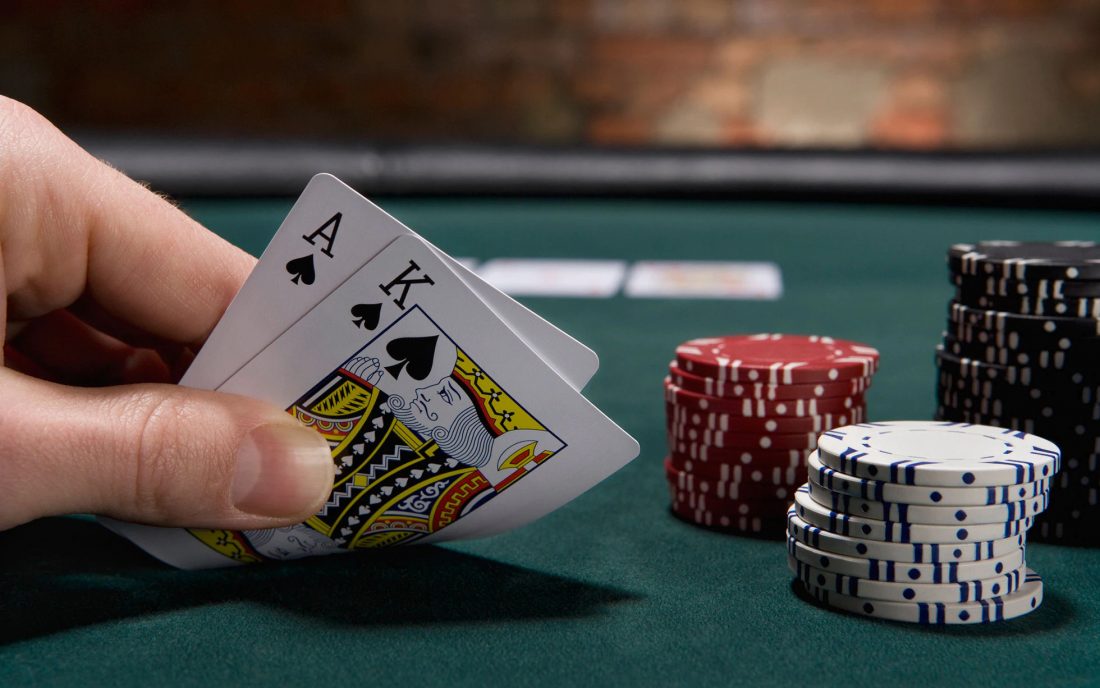Analysing Dota 2 Pro Contracts in 2025: Player Earnings and Real Figures
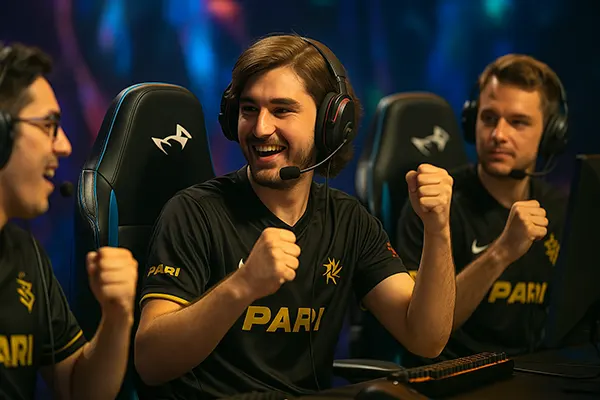
Public Dota 2 Contracts 2025: Player Salaries and Bonuses
Base Salaries and Club Agreements in 2025
In 2025, most Tier-1 Dota 2 teams operate under fixed salary contracts. Players in major regions such as Western Europe, Eastern Europe, China, and Southeast Asia often receive a guaranteed monthly income ranging from $15,000 to $35,000 depending on team budget and performance history. Clubs like Team Spirit, Gaimin Gladiators, and LGD Gaming are known to provide structured salaries alongside financial stability through multi-year contracts.
One significant trend is the shift toward longer-term security. Previously common short-term deals are being replaced with contracts that run for 12 to 24 months. These agreements often include detailed clauses regarding buyouts, media obligations, and conditions for early termination. Legal professionals increasingly assist in drafting and managing esports agreements to ensure player rights and transparency.
Additionally, many contracts now offer players benefits such as paid bootcamps, relocation packages, medical insurance, and performance-based bonuses. For example, winning a tier-1 Major can unlock an additional $50,000+ per player from the organisation, separate from prize money distribution.
Regional Disparities in Contract Structure
Despite increasing standardisation, discrepancies persist between regions. Western teams tend to have more robust legal infrastructure and higher base pay, while Southeast Asian or CIS teams may compensate through higher prize splits or performance incentives. Chinese teams remain among the most lucrative, offering some of the highest fixed payments globally—often exceeding $40,000 per month for marquee names.
In developing regions, players sometimes rely more heavily on tournament winnings and third-party sponsorships due to smaller club budgets. Nevertheless, 2025 saw positive changes, including partnerships with international sponsors that improve stability for emerging talent.
As international tournaments become more frequent and cross-regional rosters emerge, legal harmonisation between organisations is anticipated, helping to establish consistent standards globally.
Prize Money and Revenue Distribution Models
Prize money continues to be a major income source for top players, although it now often plays a secondary role to salaries. For example, The International 2024 awarded over $25 million, with Team Spirit taking $12.5 million. Each player reportedly received between $2.2–2.5 million post-tax and post-organisation share. Revenue splits vary by team—some distribute 80% of winnings to players, while others retain larger shares to fund operations.
Additionally, performance at regional tournaments such as ESL One, DreamLeague, and Riyadh Masters also generates significant payouts. In 2025, the Riyadh Masters prize pool reached $20 million, attracting top global talent. For mid-tier teams, consistent placements in tier-2 events can yield $200,000–$500,000 annually per team.
Contracts now increasingly specify exact distribution methods for prize winnings. Some use percentage models (e.g. 75% players / 25% organisation), while others establish flat bonuses based on tournament tier. Transparency in distribution has become a priority due to past controversies in withholding winnings or poor communication from team management.
Third-Party Monetisation: Streaming, NFTs, Merch
Beyond competitive play, elite players supplement income through streaming platforms like Twitch, Kick, or Huya. A top streamer like Cr1t- or Yatoro can earn an estimated $10,000–$30,000 monthly from streaming alone, depending on sponsorship deals and viewer base. Some contracts allow full monetisation freedom; others require revenue sharing with organisations.
NFTs and exclusive content—despite losing momentum in mainstream markets—remain active in esports. Dota 2 players sometimes release voice packs, in-game sets, or sponsor-branded avatars. These are monetised through profit shares or lump-sum licensing fees.
Merchandising also plays a key role. Limited-edition drops, team jerseys, and collaborative apparel with global brands (e.g. Puma, Red Bull) bring substantial returns. Revenue splits from such initiatives range from 10% to 40% for players depending on their personal brand value and role in the campaign.
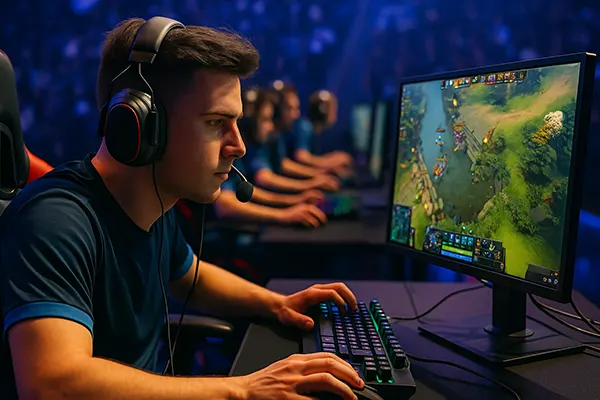
Top Earners of 2025: Real Figures and Contracts
As of mid-2025, some of the highest-earning players include Yatoro (Team Spirit), Ame (Xtreme Gaming), and Quinn (Gaimin Gladiators). Their combined annual income exceeds $1.5 million, inclusive of salary, prize money, and sponsorships. Yatoro’s estimated fixed salary is around $35,000/month, with additional incentives from Valve content royalties and major tournament performance bonuses.
Quinn’s recent contract renewal with Gaimin Gladiators includes a reported salary of $30,000/month plus a 70% share of any tournament winnings, making him one of the best-compensated Western players. Meanwhile, Ame returned to the competitive scene in early 2025 with a groundbreaking contract exceeding $2 million per year including guaranteed brand deals.
It’s worth noting that some earnings remain undisclosed, particularly those tied to non-public sponsorship agreements. However, increasing adoption of player unions and legal representation improves contract transparency and protects players from exploitation.
Future Outlook and Economic Sustainability
Economic indicators in 2025 show steady growth in esports investment, with new players entering the ecosystem—such as telecom companies and fintech sponsors. This results in increased financial stability and higher average salaries across the board. However, sustainability remains a concern, especially for lower-tier teams and talent without major backing.
To address these challenges, some regions introduced minimum salary laws for professional players and formalised player welfare systems. These include arbitration support, pension planning, and legal advisory—previously rare in esports.
The long-term vision for Dota 2 esports relies on consistent monetisation and fair financial frameworks. Continued collaboration between tournament organisers, sponsors, and unions will be key to maintaining the integrity and viability of player earnings.

